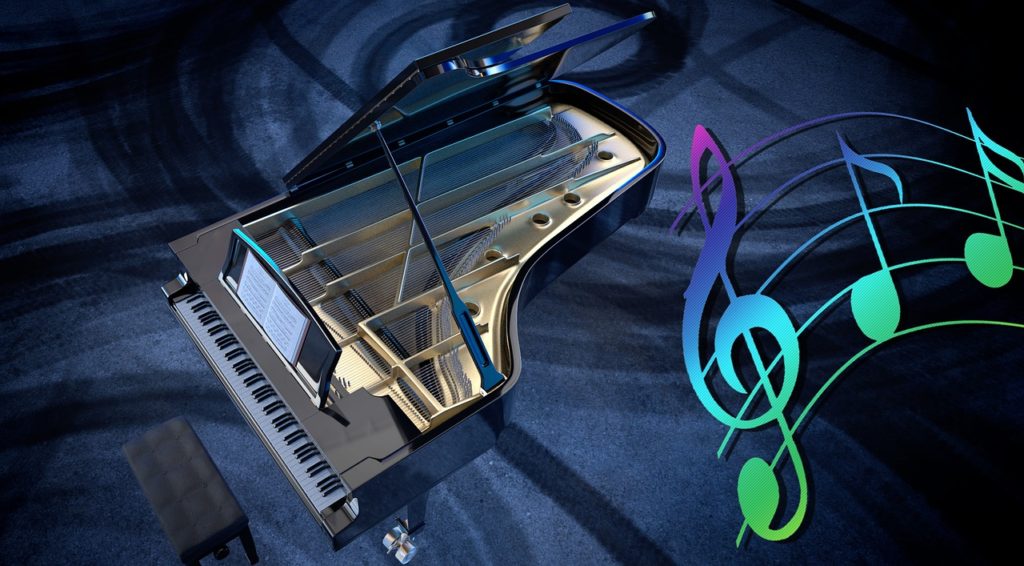Do you have a hard time reading piano notes? (Or are you a teacher who has students that struggle with note reading?) Many pianists find note reading a challenge, especially LD, ADD, and special needs musicians. Read more to learn about playing the piano with color coded notes.
- Do not have a keyboard? No problem! This virtual keyboard will get you started: click here.
I created the post How to Color Code Music Notes: for Successful LD & Special Needs Distance Learning with teachers in mind. Later, it hit me that you might like having color coded online note reading exercises for beginner pianists.
- George L. Rogers (see the Glossary for a link) studied the effect of color coded music.
- What he found was that with color coded notes LD and special needs students scored as well or better than the typical learner students.
- However, the same students scored a zero on the sight reading test without the color coding.
- Alternately, Siu-Lan Tan (see the Glossary) found that non-musicians found music notation to be counter intuitive.
- Thus, both special needs and typical learner students can benefit from a multisensory approach.
This article uses technical musical terms. For definitions, see the Glossary at the end of the post.


